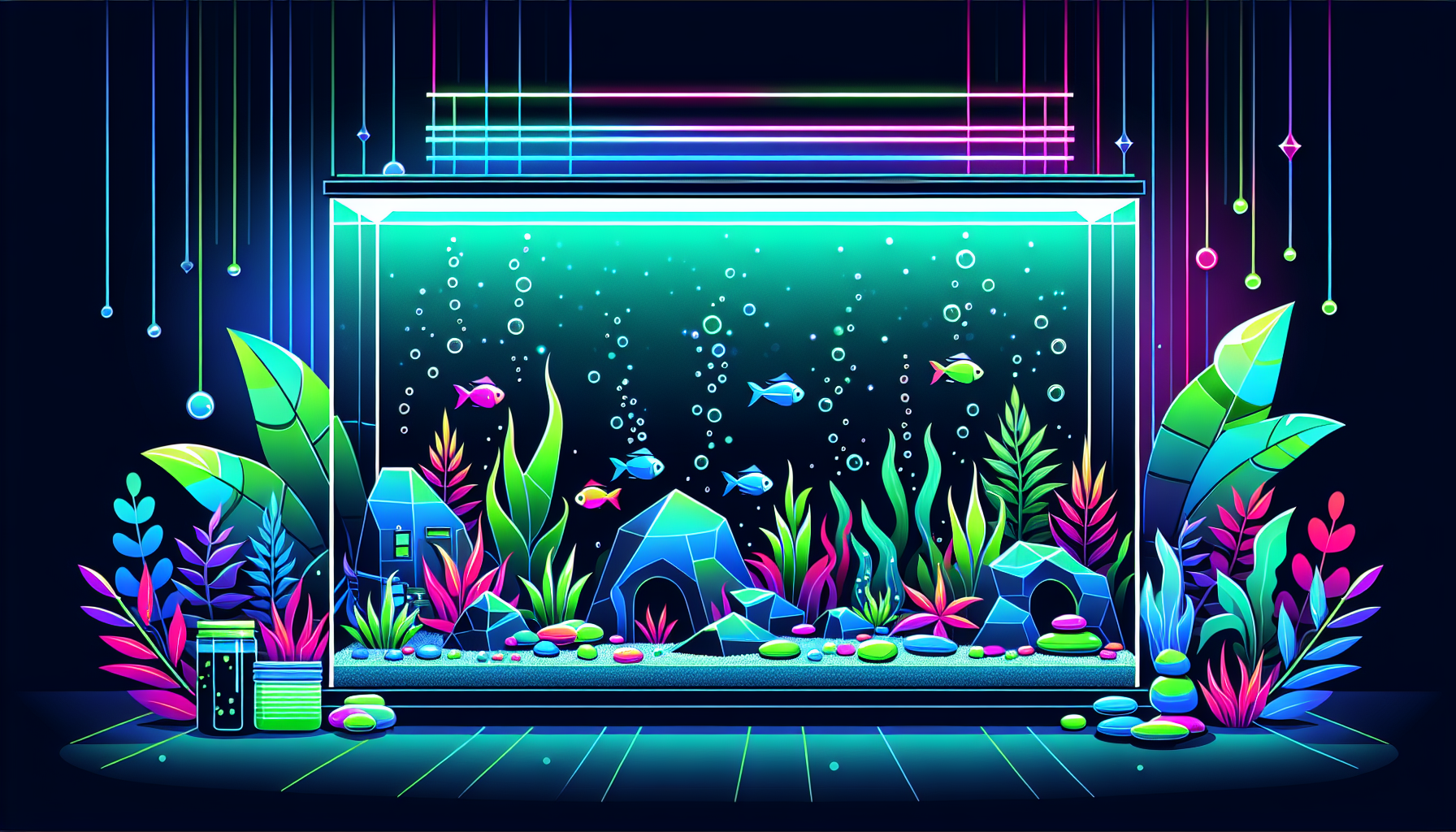The Ultimate Beginner’s Guide to Aquascaping: Tips, Styles & Essentials
Dreaming of your own lush, underwater garden? Aquascaping is the art of arranging aquatic plants, rocks, stones, driftwood, and substrate in an aesthetically pleasing way inside your aquarium. Whether you’re a curious beginner or getting ready to design your first planted tank, this comprehensive guide covers everything you need to start aquascaping with confidence.
What is Aquascaping?
Aquascaping is much more than just placing plants and rocks in an aquarium. It’s about creating a living work of art that replicates natural scenes or abstract beauty below the water’s surface. Aquascaping combines elements of aquarium design, aquatic gardening, and sometimes even fish keeping, making it a popular hobby for creative minds and nature enthusiasts alike.
Benefits of Aquascaping
- Stress Relief: Watching vibrant plant growth and peaceful aquatic life is calming and therapeutic.
- Home Décor: An aquascaped tank enhances any room with living art.
- Educational: Learn about biology, chemistry, and the natural world.
- Creative Expression: It’s a fantastic outlet for artistic vision and personal style.
Essential Equipment for Aquascaping Beginners
Before setting up your aquascape, you’ll need a few basic tools and supplies:
- Glass Aquarium: Generally, 10-20 gallons is a manageable starting size.
- Filtration System: Keeps water clean and healthy for plants and fish.
- Aquarium Lighting: Good light is vital for plant growth—consider full-spectrum LED lights.
- Heater (if needed): For tropical plants and fish, maintain stable water temperatures.
- CO2 System (optional): For more demanding aquatic plants, adding CO2 boosts growth and vibrancy.
- Aquascaping Tools: Tweezers, scissors, and spatulas for easy planting and precise styling.
- Substrate: Nutrient-rich soil or gravel to anchor roots and support plant health.
- Hardscape Materials: Rocks (like Seiryu or Dragon Stone) and driftwood for structure and interest.
For detailed reviews on aquascaping tools, visit our Aquascaping Tools Guide.
Popular Aquascaping Styles
Find your inspiration from these classic aquascaping layouts:
Nature Aquarium Style
Developed by Takashi Amano, this style recreates natural landscapes—think mountains, forests, or meadows—using plants, wood, and stones. The result is a tranquil, harmonious scene that mimics the wild.
Iwagumi
This minimalist Japanese style centers around carefully placed stones (usually an odd number) and few plant varieties, emphasizing simplicity and balance.
Dutch Aquascape
Originating from the Netherlands, Dutch aquascaping focuses on rich, colorful arrangements of plants in structured, tiered rows—think underwater botanical gardens!
Step-by-Step Aquascaping Setup Guide
Ready to launch your first aquascape? Follow these beginner-friendly steps:
1. Plan Your Layout
- Sketch your desired aquascape or use online aquascaping planners.
- Gather inspiration from aquascape galleries to decide on style and structure.
2. Prepare the Substrate
- Rinse substrate to remove dust and debris.
- Layer nutrient-rich soil below inert sand or gravel for best plant growth.
3. Place Hardscape Elements
- Position stones and driftwood to create depth and a natural flow.
- Follow the “golden ratio” or Rule of Thirds for visually appealing layouts.
4. Plant Aquatic Plants
- Use aquascaping tweezers for precise planting.
- Start with hardy beginner species like Java Fern, Anubias, Vallisneria, and Cryptocoryne.
- Arrange taller plants in the back, smaller species in the foreground.
5. Fill and Cycle the Aquarium
- Slowly fill the tank to avoid disturbing your layout.
- Begin the aquarium cycling process using beneficial bacteria before adding fish or shrimp.
Choosing the Right Aquatic Plants
Begin with low-maintenance plants that thrive with basic care and moderate light:
- Java Moss (Vesicularia dubyana)
- Anubias Barteri
- Amazon Sword (Echinodorus amazonicus)
- Cryprocoryne Wendtii
- Java Fern (Microsorum pteropus)
Our Best Beginner Planted Aquarium Plants article offers more top picks and care tips.
Maintenance and Care Tips
- Perform weekly water changes (about 20-30%).
- Trim and prune plants to maintain shape and health.
- Test for ammonia, nitrite, and nitrate levels regularly.
- Clean algae from the glass and hardscape as needed.
- Fertilize with liquid or root tabs if necessary.
For algae control ideas, see our guide to solving common aquascaping problems.
Common Mistakes to Avoid
- Overcrowding your tank with plants or decorations
- Choosing plants unsuited for your light or nutrient levels
- Skipping proper cycling, risking fish and plant health
- Neglecting regular maintenance
Start Your Aquascaping Adventure Today!
Building your own aquascape is a rewarding way to bring a slice of nature into your home or office. By following these beginner aquascaping tips, you’ll be well on your way to growing a beautiful, healthy, and thriving planted aquarium. Stay inspired, keep learning, and don’t hesitate to experiment.
Ready to upgrade your skills? Check out our online aquascaping courses and browse the aquascaping blog for expert advice, tutorials, and more design ideas!



